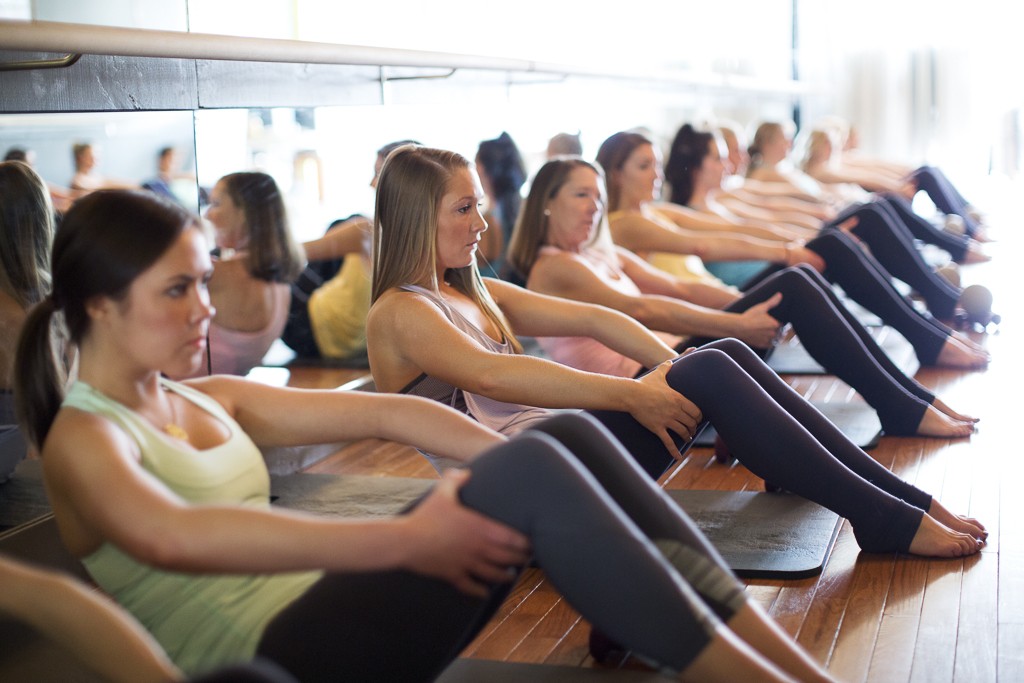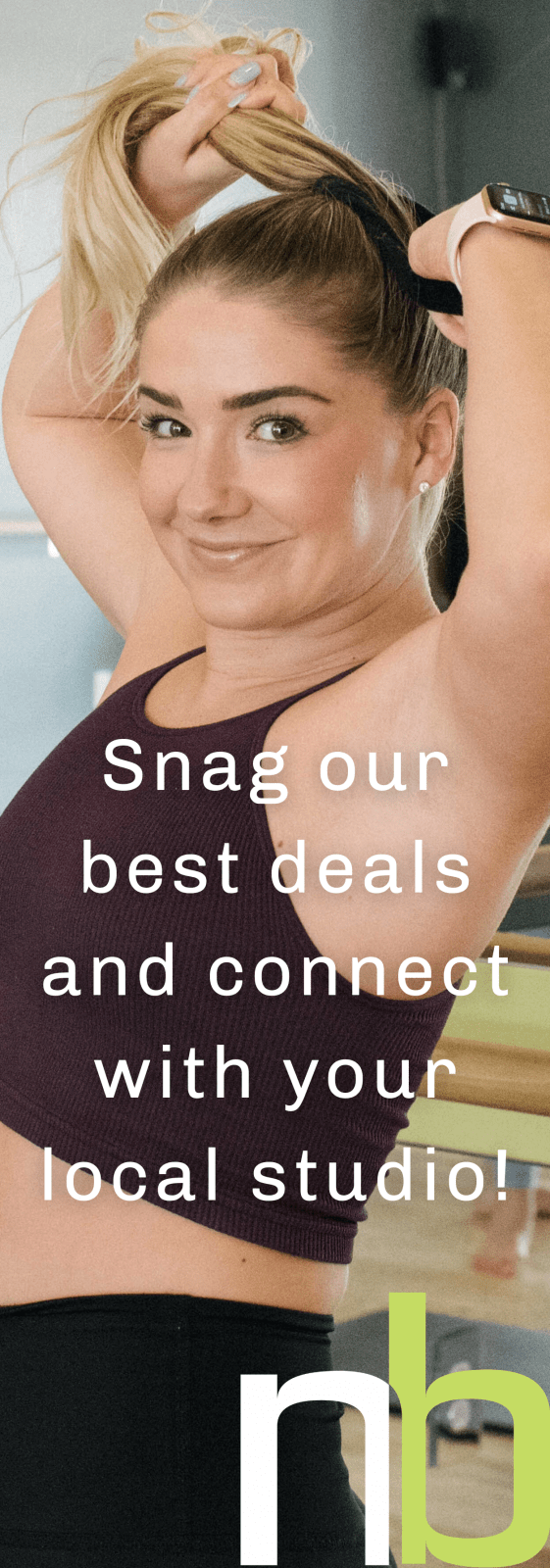The Neighborhood Approach To Barre
“I don’t think I’m flexible enough.” “I’ve never danced before.” “I’m terrified to try HIIT!” “I’m in PT for my sciatica right now.” “I’m pregnant.” “No way, my friend said barre is too hard.”
Guess what? Clients that are age 12 to age 80 take class here. Clients that are injured, pregnant, beginners, or as they sometimes put it ‘out of shape,’ take class here. And some clients have taken 1,000 classes here.
Yes our studio separates itself through through laid-back, friendly, and welcoming staff in an unassuming, judgement-free zone (that is our namesake after all – to make you feel at home!!), but it’s more than that.
Not all barre classes are created equal, but ours are. It’s an even playing field for everyone in the room, for every class that we offer. From beginner to instructor status, here are ways to take your next class with us at your own pace.

- During warm-up, try doing an entire weights series with no weights. Do you still feel your muscles flex and contract? Can you effectively build heat, and still exhaust your muscles, without your hand weights? You’d be surprised how much we let the weights control the moves, versus the other way around. Once you pass this test, see if you can handle one size up in poundage. Maybe you start with swapping out the heavier weights just for biceps, and slowly pick up the heavier weights earlier, and earlier in class. Don’t shy away from the weights ladies!
- In thigh exercises, prioritize posture. Your shoulders should align with your hips, and typically hips are aligned with heels. If you can’t prevent yourself from tipping forward, or keep your seat under your shoulders, try taking yourself 1 – 2 inches higher out of the position to adjust your posture. Once you’ve nailed posture, take it up a notch by lengthening out your body another inch. Focus on growing your head up another inch taller, while simultaneously pushing more weight down into your feet, creating a more intense pull through the target muscle.
- In seat exercises, stabilize your weight by staying centered. It’s a common misconception that boxing or seat-belting yourself in during standing exercises, and lowering yourself onto the forearms during hands and knees exercises, is a ‘cop-out’ or a sign of ‘weakness’. It’s actually a check-point to redistribute your body weight, and serves as a fail-proof way to force your body to shift focus on the working side of your body. Want more? Add in a popped heel when standing, to add more dynamics to the exercise, or even better – a balance check. Lifting the opposing arm reinstates stabilization, increases isolation of the target muscle, and also adds more core engagement.
- For your ab work, soften the neck and shoulders, and constantly focus on the lower back – basically keep your spine long. When we’re seated, we tend to shorten our base – consider the alternate. Pull your rib cage out of your hips, and scoop out underneath the belly button – both of which elongates your spine. Rely less on your hips by keeping the rest of your body engaged – pressing into the tops of your feet and again focus on posture – lift through the head, chin out of your chest. If you cannot maintain this posture, you should not be using hand equipment. When using a ball for support – make sure an air pocket remains between your ball and lower back – if you see your reflection in the mirror and it looks like the ball is going to pop, sit up. Lastly, connect your breathing to increase the contraction. This may also add a slight increase in calorie burn – bonus!
Our instructors are specifically trained to cue you to the highest level of a position, and then give you modifications to take the intensity down, or add just a little more. Listen to the details of the exercise setups, and listen for the cues to modify if something doesn’t feel right. Still unsure? Just ask! There are endless ways we can provide you with how to achieve the best result for your body. We’re here to help you find your strength, and strength looks different on every body.


